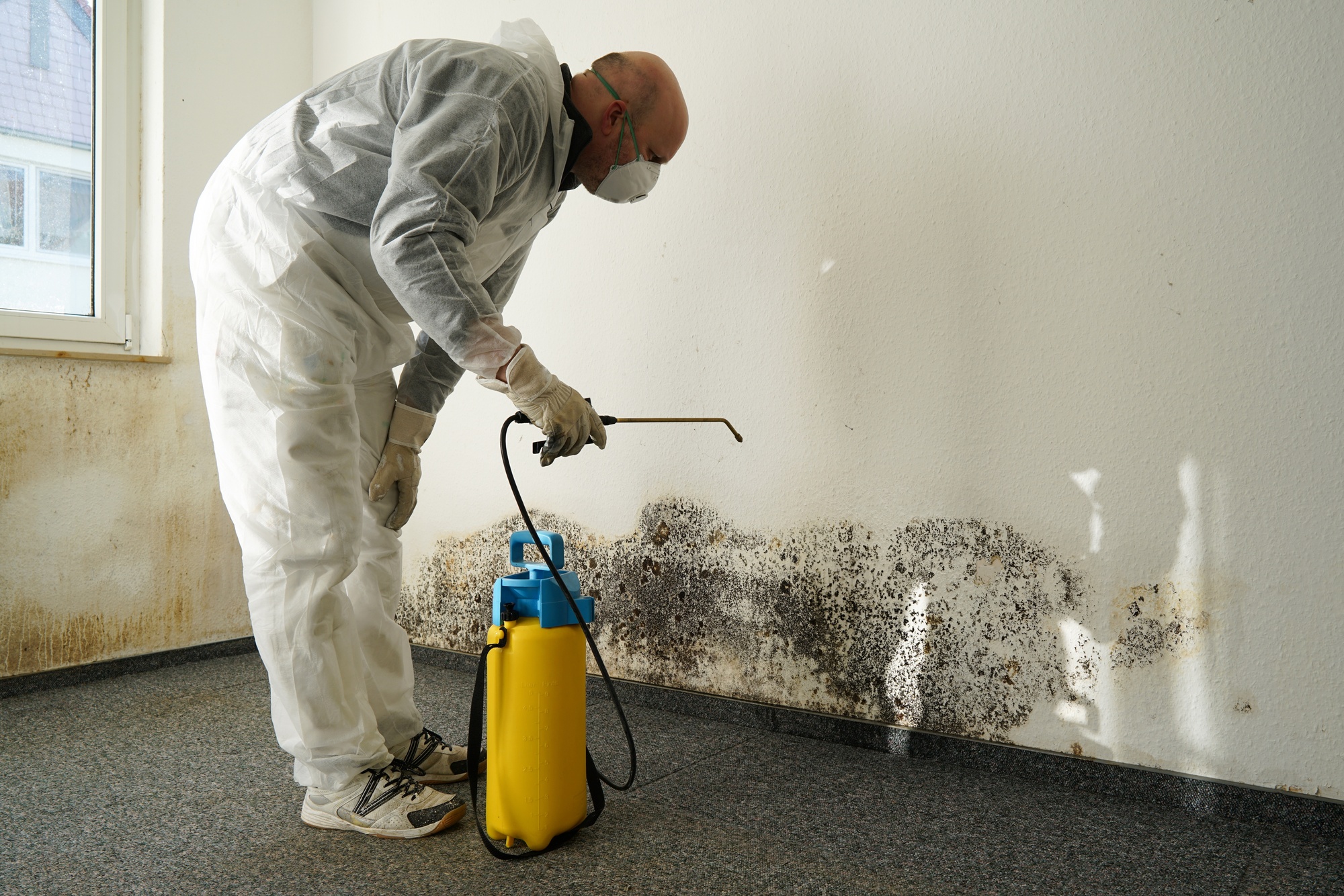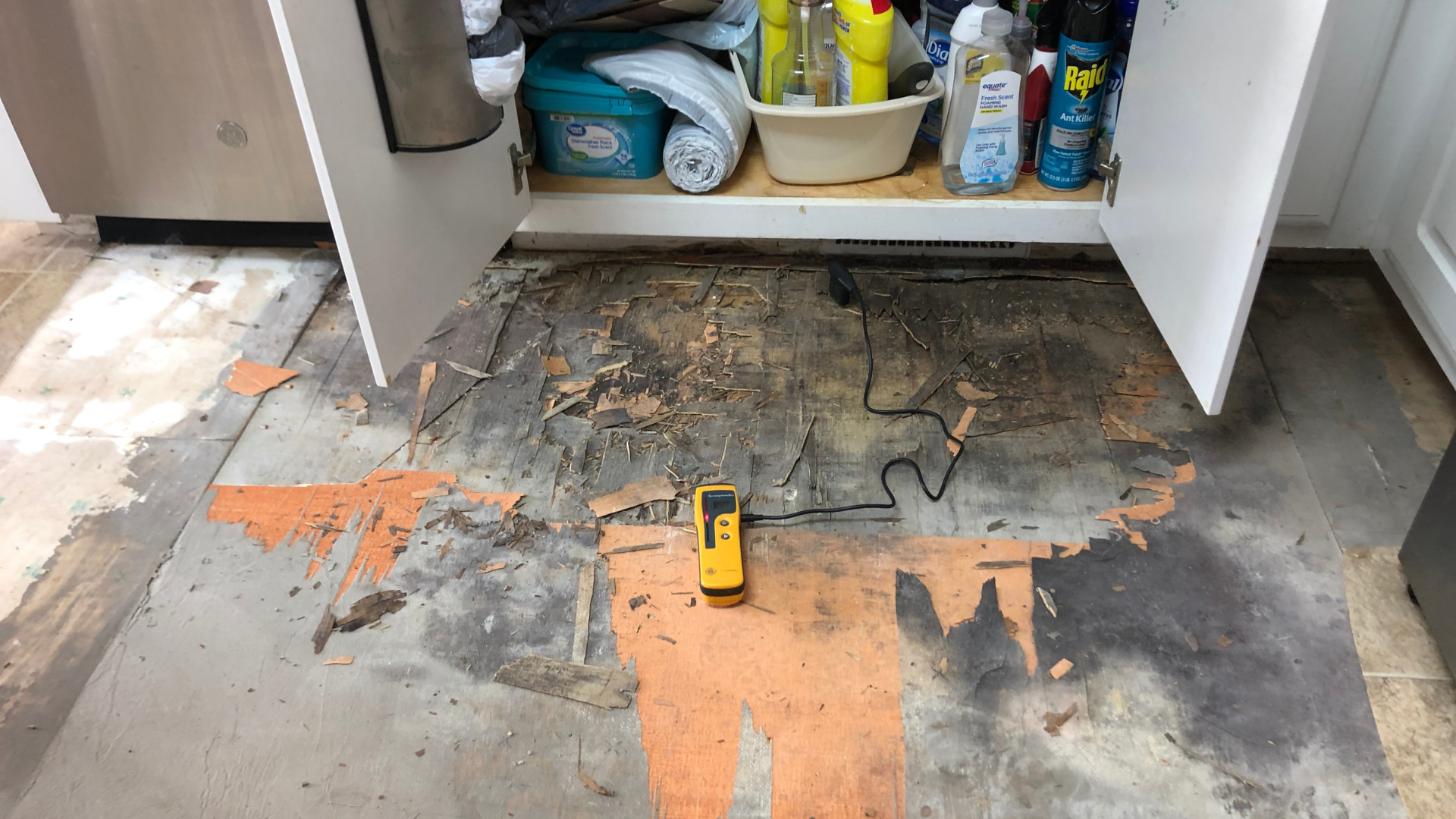Leading Tips for Effective Water Damage Restoration: Protect Your Residential Property Today
Water damage can strike all of a sudden, triggering considerable disruption and possible hazards. Reliable restoration calls for a systematic method to minimize additional harm. From reviewing the damage to applying safety nets, each step plays an essential role in safeguarding building. Recognizing these techniques can make all the difference in the consequences of a water-related situation. What necessary activities should be focused on to assure comprehensive security?
Evaluate the Damage Instantly
When a water damage event happens, it is vital to evaluate the damage instantly to reduce additional concerns. This first assessment assists identify the extent of the damage and determines affected areas. Water can leak into walls, floorings, and furniture, leading to mold and mildew growth and architectural instability if not addressed without delay. A comprehensive evaluation ought to include checking for staining, moisture, and musty smells, which show wetness presence. It is additionally crucial to record the damage through photographs and notes for insurance policy functions. Engaging professionals for a much more in-depth analysis may be required, especially when taking care of hidden or extensive damage. Flood Cleanup Services. Early recognition and exact analysis lay the structure for reliable restoration and guard the residential property from added complications
Shut Off the Water
Turning off the water system is a necessary action in avoiding more damage throughout a water-related occurrence. When a leak or flood happens, prompt action is essential to reduce the level of the damage. Situating the primary water shut-off shutoff should be a top priority. This shutoff is usually positioned near the water meter or where the water line enters the home. Once situated, transforming the shutoff clockwise will certainly quit the flow of water. In instances where the main valve is unattainable, private shut-off shutoffs for home appliances may additionally be utilized. Quickly shutting down the water supply not just shields the residential property from extra injury however likewise promotes the subsequent restoration process, guaranteeing that recovery efforts can start right away.
Eliminate Excess Water Immediately

Getting rid of excess water immediately is vital for decreasing damage and preventing mold growth in affected locations. The longer water continues to be in contact with products such as insulation, wood, and drywall, the higher the risk of structural damage and the development of mold and mildew. Water Damage Restoration. Homeowners need to act promptly to evaluate the situation and utilize appropriate tools, such as damp vacuum cleaners or pumps, to remove standing water efficiently. If the volume of water is significant, calling expert restoration solutions might be required, as they can supply specific devices and proficiency. Additionally, eliminating furniture and personal belongings from the damaged area can assist to minimize damage and help with the total restoration procedure. Timely action not only secures property however additionally aids in a smoother healing trip
Dry Out the Affected Area
After removing excess water, it is important to dry out the damaged location extensively. This involves removing any type of standing water and boosting air circulation to assist in dissipation. Reliable drying out will certainly aid stop mold and mildew development and more damage.

Eliminate Standing Water
Swiftly attending to standing water is vital for effective water damage restoration. The visibility of stationary water can cause additional residential property damage and develop an atmosphere for mold development. To reduce these threats, it is vital to remove standing water as swiftly as possible. This process generally involves using submersible pumps, wet vacuum cleaners, or specialized extraction tools. Specialists suggest assessing the depth and degree of the water prior to picking the ideal approach for removal. Safety preventative measures need to likewise be taken, consisting of wearing protective gear and guaranteeing power is turned off in affected areas. When the standing water is properly gotten rid of, the drying out procedure can start, further securing the home from recurring damage.
Boost Air Circulation
Increasing air circulation is important for successfully drying locations impacted by water damage. This procedure helps to speed up dissipation, lowering the threat of mold and mildew growth. Experts usually suggest utilizing fans to create a constant air movement throughout the area. Placing box fans in windows can attract fresh air, while high-velocity fans can guide air flow in the direction of moist surfaces. Water Damage Restoration. Additionally, opening home windows and doors allows for cross-ventilation, enhancing the drying out procedure. Dehumidifiers can likewise be utilized to get rid of excess dampness from the air, additional helping in drying. By making sure that air distributes freely, residential or commercial property proprietors can significantly lessen the lasting impacts of water damage and protect the honesty of their framework
Check for Mold Growth
Mold and mildew development is a severe problem following water damage, as it can lead to wellness problems and structural degeneration. After any kind of flooding or leakages, it is vital to carry out a complete assessment of the impacted locations. This includes monitoring covert spaces such as behind walls, under rugs, and in cellars or attic rooms where wetness might stick around. Indications of mold include a stuffy odor, discoloration on surface areas, or noticeable development. Homeowner should utilize protective equipment when inspecting, as mold and mildew spores can position health and wellness risks. If mold is found, it is essential to resolve it quickly, as postponing remediation can aggravate the problem and enhance the risk of significant wellness problems for passengers. Early treatment is essential to effective mold administration.

Fixing and Bring Back Broken Frameworks
When addressing water damage, it is important to very first analyze the architectural integrity of the affected areas. This analysis assists determine prospective threats and informs the needed repair techniques. Engaging professional restoration solutions assures that the restoration procedure is carried out safely and properly.
Analyze Structural Honesty First
Before initiating any water damage restoration, it is necessary to analyze the architectural stability of the affected area. This evaluation assists recognize any endangered aspects, such as wall surfaces, beams, or structures, which might present safety and security threats - Water Damage Restoration. Examining for indicators of warping, breaking, or mold growth is crucial, as these indicators can expose underlying damage that calls for instant attention. Additionally, recognizing the extent of the damage can lead restoration initiatives and figure out whether fixings are practical or if replacement is essential. It is vital to document findings completely, as this info can be useful for insurance policy cases or future reference. Focusing on structural evaluation warranties that restoration efforts continue safely and effectively, ultimately securing the residential property and its owners
Usage Specialist Restoration Services
Utilizing professional restoration solutions is essential for properly fixing and bring back damaged frameworks after water events. These professionals have the required training, tools, and experience to analyze and alleviate water damage completely. They can recognize covert concerns, such as mold and mildew development and architectural weaknesses, that might not be quickly apparent. Expert services likewise utilize sophisticated drying out methods and tools, making sure that all dampness is removed to avoid more damage. Furthermore, they stick to market standards and laws, ensuring that the restoration process is effective and risk-free. By engaging restoration professionals, homeowner can speed up recuperation, decrease lasting damage, and inevitably shield their financial investment. This positive technique is crucial in preserving the honesty and security of afflicted structures.
Protect Against Future Water Damage
To efficiently avoid future water damage, house owners need to embrace an aggressive strategy to repair and maintenance. Regular inspection of gutters, roofings, and downspouts is necessary; stopped up seamless gutters can result in water overflow and roofing system leakages. In addition, looking for leakages in plumbing components and devices can obstruct possible damage. Home owners need to also consider mounting sump pumps in basements or low-lying locations to manage water build-up. Securing fractures in structures and making sure proper water drainage around the residential property are important action in safeguarding against water invasion. Moreover, keeping humidity levels with dehumidifiers can stop mold growth. By executing these precautionary procedures, property owners can considerably lower the risk of water damage and protect their more info residential property for the long-term.
When a water damage event takes place, it is important to evaluate the damage quickly to minimize further concerns (Mold Remediation After Water Damage). Removing excess water quickly is crucial for reducing damage and avoiding mold development in affected locations. Promptly attending to standing water is essential for reliable water damage restoration. The presence of stagnant water can lead to further building damage and produce an atmosphere favorable to mold and mildew growth. Before launching any type of water damage restoration, it is crucial to assess the structural integrity of the afflicted area